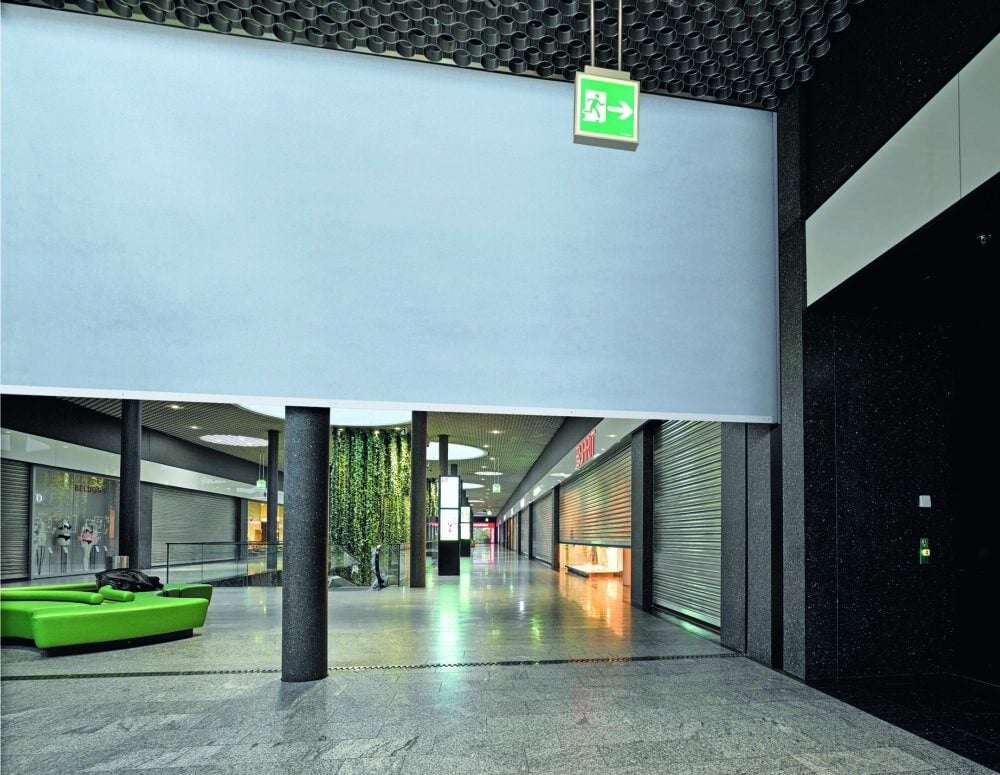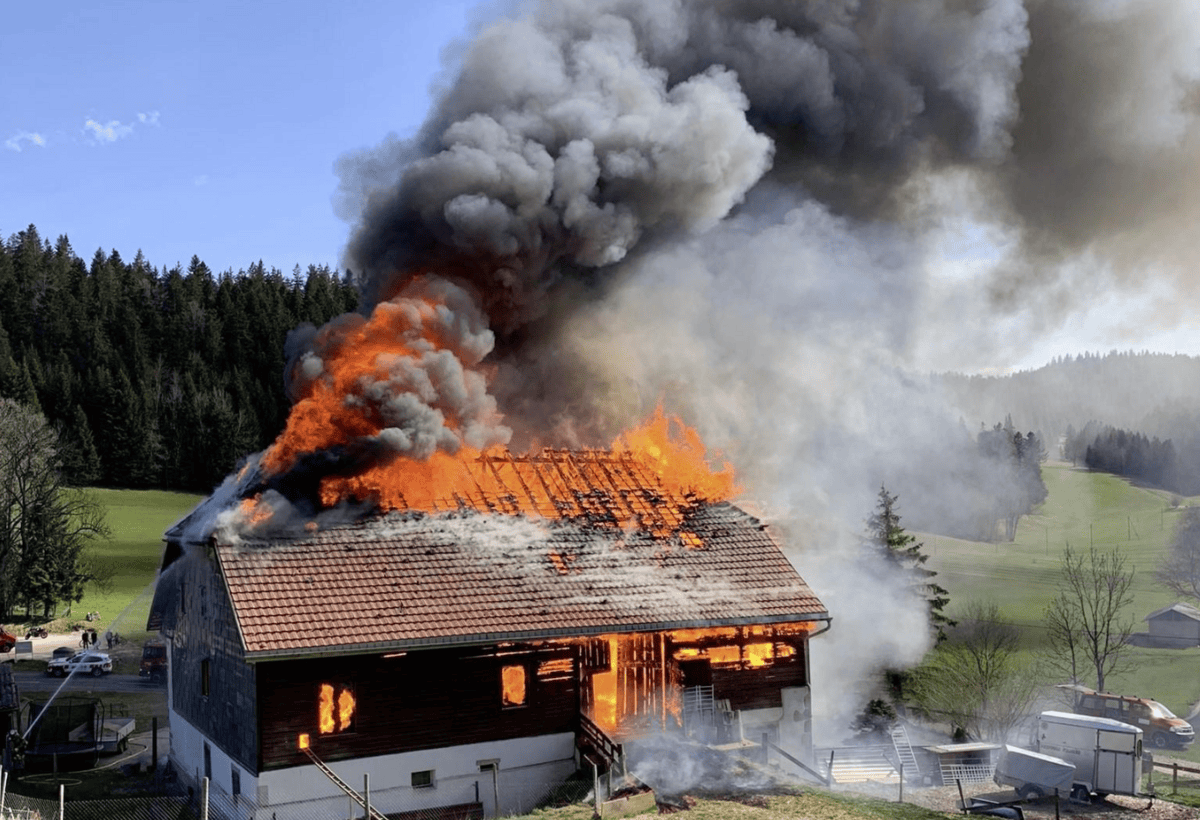Fire resistant concrete developed
Until now, self-compacting high-performance concrete has had one weak point: it often flakes off in the event of a fire, causing its load-bearing capacity to suffer. Empa scientists have developed a process for producing fire-resistant concrete that remains stable for a long time even in the event of fire.

Wood crackles in the heat of a fireplace or campfire, concrete suffers so-called spalling when exposed to fire. Both effects stem from similar processes: water inside a piece of wood or concrete beam evaporates due to the high temperature. The more water vapor is generated, the greater the pressure on the wood or concrete structure. Wood cells burst, fissures are torn in the log (the crackling); concrete pieces spall from ceilings, walls, supporting pillars. As a result, the load-bearing capacity of the structural elements decreases, the risk of building collapse during the fire increases.
Resistance to the heat of a fire can be optimized in conventional vibrated concrete by adding a few kilograms of polypropylene (PP) fibers per cubic meter of concrete. When there is a fire, these fibers melt. A network of channels remains and permeates the concrete. The water vapor can escape through this, the pressure inside drops, and the concrete part remains whole.
Conflicting goals for concrete users: refractoriness and self-compaction?
The situation is different with self-compacting high-performance concrete (SHB): More than two kilograms of PP fibers per cubic meter of SHB impairs self-compaction. Therefore, the proportion of PP fibers in SHB must be correspondingly low, which means that in the event of a fire, no coherent channel system can form to prevent spalling. The crucial question is therefore: How can SHB be made fire-resistant and thus safer in spite of the low PP fiber content?
Researchers of the Empa-The "Concrete/Construction Chemistry" and "Mechanical Systems Engineering" departments have found an answer. They produced a series of thin-walled concrete slabs prestressed with wires made of carbon fiber-reinforced plastic. Each contained two kilograms of PP fibers per cubic meter of concrete. The researchers also mixed a small amount of superabsorbent polymers (SAP), special plastics that can absorb many times their own weight in water, into some of the slabs. Then the scientists exposed the concrete slabs to fire at temperatures of up to 1000 °C. After 90 minutes, the concrete slabs enriched with SAP showed some cracks, but spalling only occurred in the SAP-free concrete slabs.
The explanation: SAP absorb water during concrete production and swell by several times their dry volume. When the concrete hardens, the water is removed from the SAP by the suction of the capillary pores in the hardened cement paste; the SAP shrink and a cavity is formed. It connects the PP fibers, which are separated from each other. A network of SAP and PP fibers branches out in the component so that it can withstand the heat of a fire long enough for the structure to remain stable.
Also suitable for fire protection
With their innovation, the Empa researchers are also expanding the possibilities for exploiting the economic and ecological benefits of SHB. For example, the patent-pending process allows SHB to be used without additional costs for fire protection. Until now, this could only be guaranteed if, for example, a sprinkler system was installed or an external insulating jacket was added.
But the new SHB also brings another advantage: When compacting conventional vibrated concrete, the vibrating machine generates considerable noise. Contractors can keep the noise pollution low by using the now equally fire-resistant, SAP-enriched self-compacting high-performance concrete instead of vibrated concrete.
Text: Reto Zanettin, Empa









